Bomb cyclone roars NSW, thousands of homes still without power
A powerful “bomb cyclone” storm swept through large parts of New South Wales, Australia, causing widespread damage. Tens of thousands of residents experienced downed trees and outages, with over 40,000 homes and businesses losing electricity and internet due to strong winds and heavy rain.
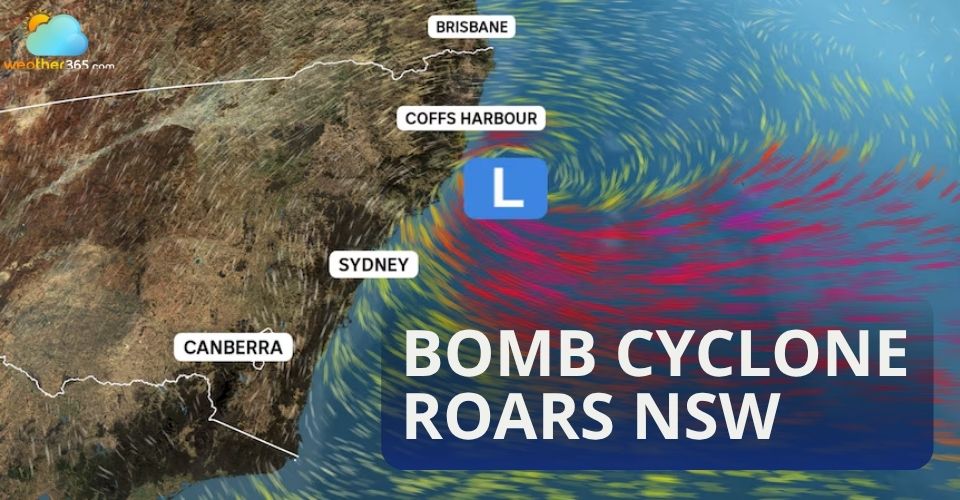
Bomb cyclone threatens Australia’s east coast
Bomb cyclone roars through NSW
Severe weather across New South Wales has resulted in widespread disruption, with multiple flood warnings and evacuation orders still in effect for the Central Coast, South Coast, and Greater Sydney areas.
The State Emergency Service (SES) was overwhelmed with more than 2,000 calls for help overnight on Tuesday, responding to emergencies caused by damaging winds and heavy rainfall.
The strongest wind gusts recorded included 124 km/h at Royal National Park in Sydney’s south, 122 km/h at Montague Island on the South Coast, and 104 km/h at both Penrith in Western Sydney and Ulladulla on the South Coast.
These powerful winds caused significant damage, including tearing two portable site sheds from a construction site in Sydney’s south and ripping the roof off a property in the Inner West.
The damaged roof posed a danger to nearby railway tracks, leading to closures and evacuations in the surrounding area.
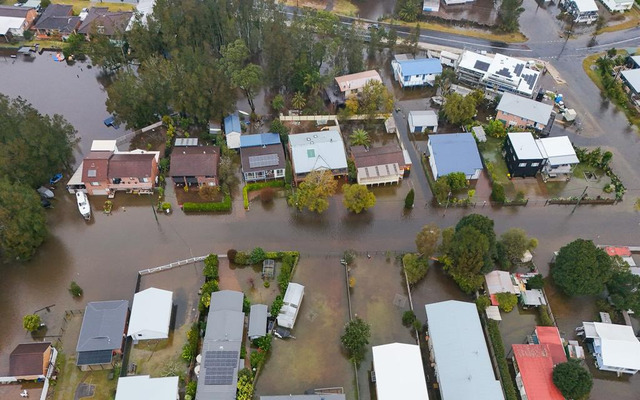
Residents have evacuated Lake Conjola in the Shoalhaven region
Heavy rain accompanied the strong winds, with some locations receiving over 200mm of rainfall, such as Ulladulla. This intense rainfall caused rapid rises in creeks, rivers, and lakes, leading to flooding in several regions, including Mogo Zoo on the South Coast. Fortunately, no major damage occurred at the zoo, and all animals remained safe.
The severe weather forced the closure of numerous schools and childcare centers across the state. By Wednesday afternoon, the SES had conducted seven flood rescues in the Shoalhaven region alone.
Emergency warnings affected approximately 335 properties, with door-to-door checks carried out in flood-impacted areas like Burrill Lake, where some homes experienced flooding above floor level.
Coastal erosion, driven by swells reaching up to 4 meters, forced evacuations of dozens of beachfront homes in Entrance North and Wamberal on the Central Coast.
Senior meteorologist Gabrielle Woodhouse noted that rainfall totals of 80 to 120 mm fell across the Illawarra region within just six hours, causing rapid water level rises in local waterways.
Flood warnings remain active for the Hawkesbury-Nepean, Shoalhaven River, and St George Basin, while coastal areas continue to face strong winds and waves up to 12 meters high.
Although the storm system is expected to gradually weaken as it moves east into the Tasman Sea by Thursday, authorities caution that conditions could still change quickly, urging residents to remain vigilant and prepared.
What is a bomb cyclone?
A bomb cyclone is not a normal storm. It's a low-pressure system that rapidly intensifies into a powerful storm within just 24 hours. Thus, the term "bomb" describes its explosive development.
This dramatic weather event begins when clashing warm and cold air masses collide over the ocean. This collision, amplified by the Earth's rotation, fuels the storm's accelerated growth.
As it draws in more energy, the bomb cyclone strengthens, unleashing intense, short, and sharp bursts of rain and wind. Its unpredictable and potentially dangerous characteristics make it apart from other weather systems.
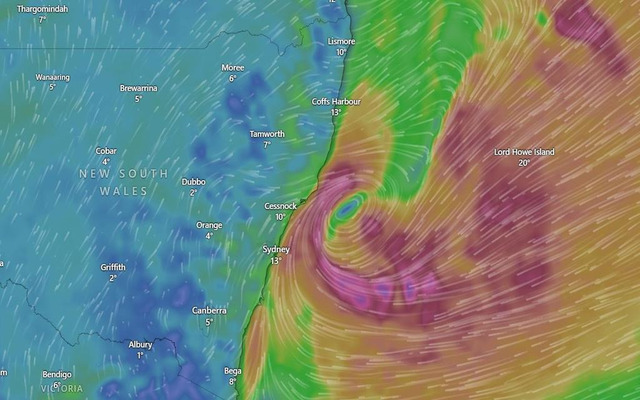
A bomb cyclone has explosive development
Safety tips during a bomb cyclone
When an intense weather event happens, like a bomb cyclone, hurricane, you should keep in mind several safety tips below:
-
Seek a safe shelter: It should be a sturdy, well-built indoor structure.
-
Secure loose items: Make sure anything outside has been secured before the storm starts.
-
Avoid parking under trees or power lines because your family may go out for evacuation.
-
Stay away from flood water: Do not drive, ride, or walk through flood areas because there may be debris, glass, and other potential risks in the water.
-
Avoid stormwater drains: They are very dangerous during floods and heavy rain periods. Make sure kids stay away from them at all times.
-
Stay updated: Stay tuned to official channels, TV, and radio for information about emergency warnings

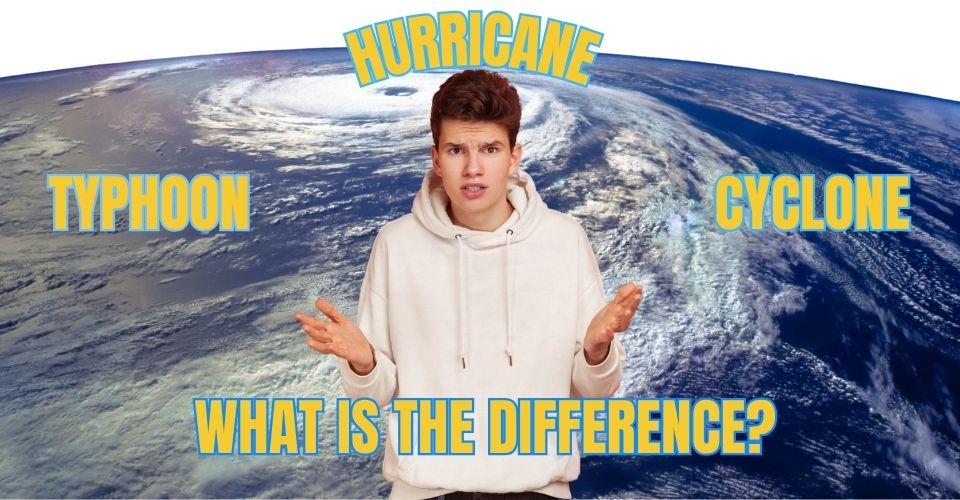
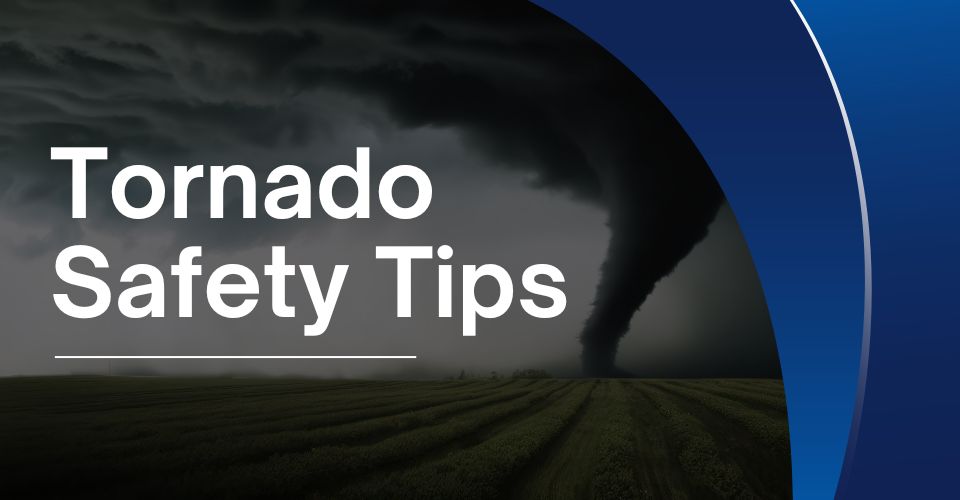

0 Comment
Leave a comment
Your email address will not be published. Required fields are marked *